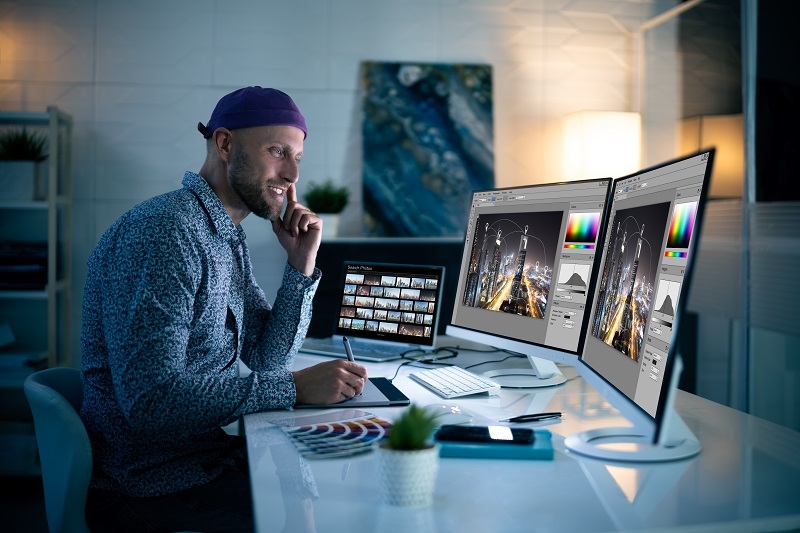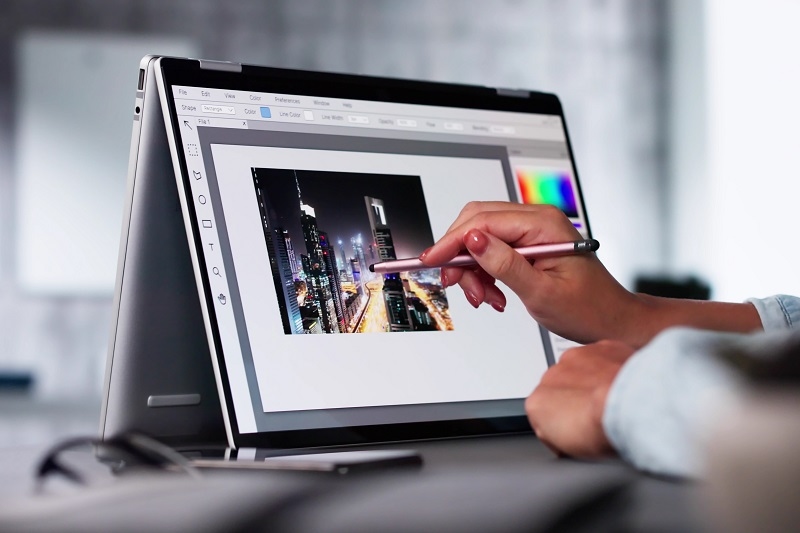
If you have ever taken a picture that did not quite look as alive as it did at the time, then you know the frustration. That's when editing comes in—and it doesn't have to be daunting. With the proper beginner photo editing tips, you can take everyday snaps and turn them into powerful pictures without requiring years of expertise. Whether you're dabbling in simple photo editing apps, giving editing cityscapes a try, or using free editor programs for starters, the process can be quick, fun, and fulfilling. This book takes you through critical steps, from basic color correction tips to creating an efficient workflow for editing photos, giving you all the techniques needed to make your photos memorable.
Editing is not just about making an image shine; it's about telling a story and imparting emotions. Even high-end cameras often don't always capture light and color like our eyes. Editing fills that gap by enabling you to correct exposure, balance the colors, and enhance the details that would otherwise be hidden. For new photographers, discovering these skills early on instills confidence and makes your photos sparkle across social media, personal projects, or even professional applications.
The first step in editing your photos is selecting the right platform. Fortunately, there is no need for pricey software. There are hundreds of free editing software programs for newbies that offer fast-paced features at no cost.
Using these free programs gives you accessibility without sacrificing quality. The more competent you become with editing, the better you can graduate to higher-level platforms.
For other people who enjoy editing on the go, creating with simple photo editing apps is an easy and enjoyable way to edit photos. These apps are designed to be user-friendly and efficient, and have a list of pre-selected filters, auto-corrections, and step-by-step tutorials.
The best part about this type of app is that it combines simplicity with creative control, allowing newbies to explore without intimidation.
Urban photography is exceptional. But city photographs tend to go wrong with harsh light, distracting environments, or plain tones. Learning to edit city photos can reveal the vibrancy and activity of a busy street scene.
With such skills, even a busy or foggy photo can be converted into a captivating visual narrative of urban living.

Color correction forms the core of photo editing. Without the right adjustments, even a well-composed picture can appear dull. With basic color correction tips, beginners can make a significant impact on their images.
Color correction enhances mood—and you can choose warm golden colors for sunsets, cool blues for night scenes, or balanced colors in portraiture.
With a photo editing workflow or process, you will spend less time doing the job and get more consistent results. Rather than just using filters and sliders at random, you will now have a workflow to follow.
Consistency in your editing workflow enhances quality and accelerates your editing sessions.
Like any form of creative endeavor, photo editing has its downsides. Here are mistakes to avoid:
Being aware of these errors helps you stay more authentic and pleasing to the eye of your audience.
The best method to improve your photo editing is to practice. Take 5 to 10 photographs from your collection and edit them using different apps and workflows. Then, compare the before-and-after images to see what works best for you! Over time, you will develop your style, whether bright and airy, moody and cinematic, or bold and colorful.
Learning to edit photos doesn’t have to be overwhelming. With these photography editing tips for beginners, you can easily upgrade your photos with easy-to-use tools and organized workflows. Whether you are trying out simple photo editing apps, learning basic color correction tricks, or venturing into free editing software for beginners, the process is all about practice and creativity. Even working with difficult subjects like cityscapes gets easier once you know some fundamentals. Keep a consistent workflow for photo editing, avoid common mistakes, and above all—enjoy the life you give your images.
This content was created by AI